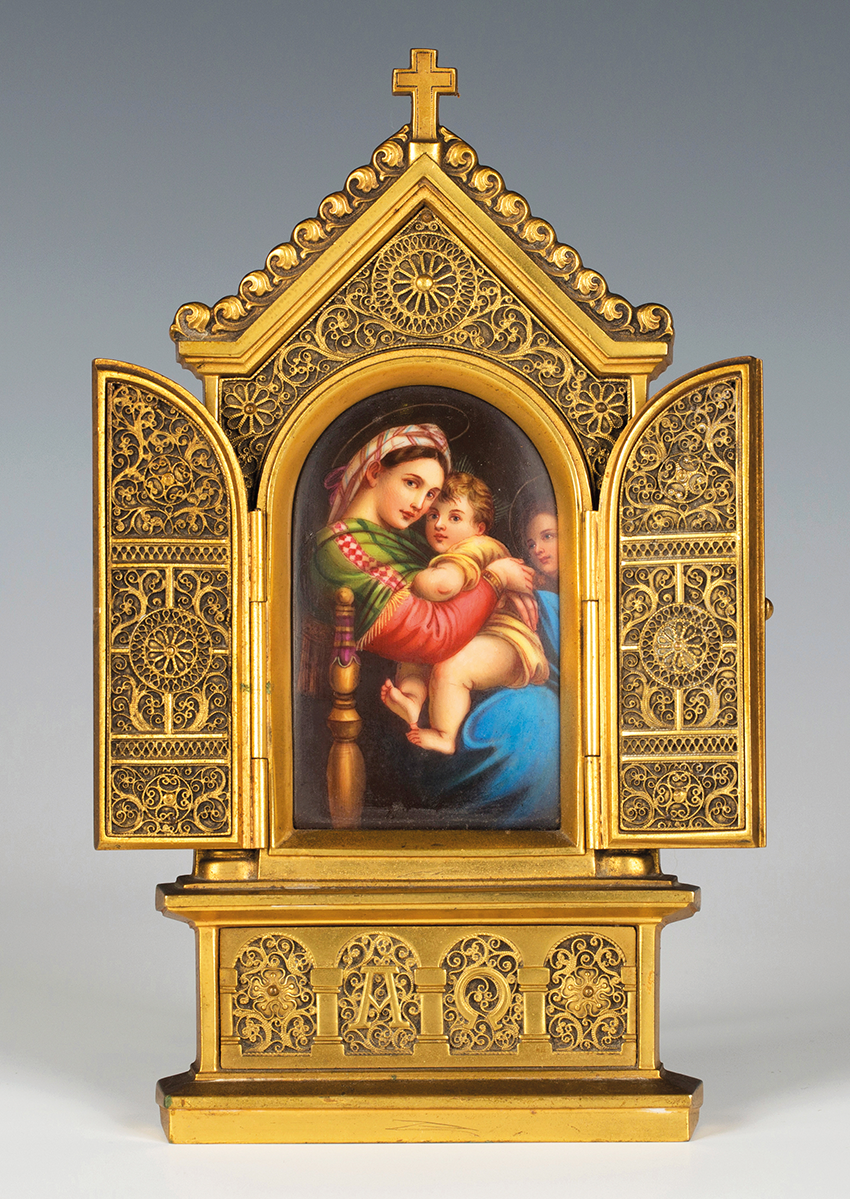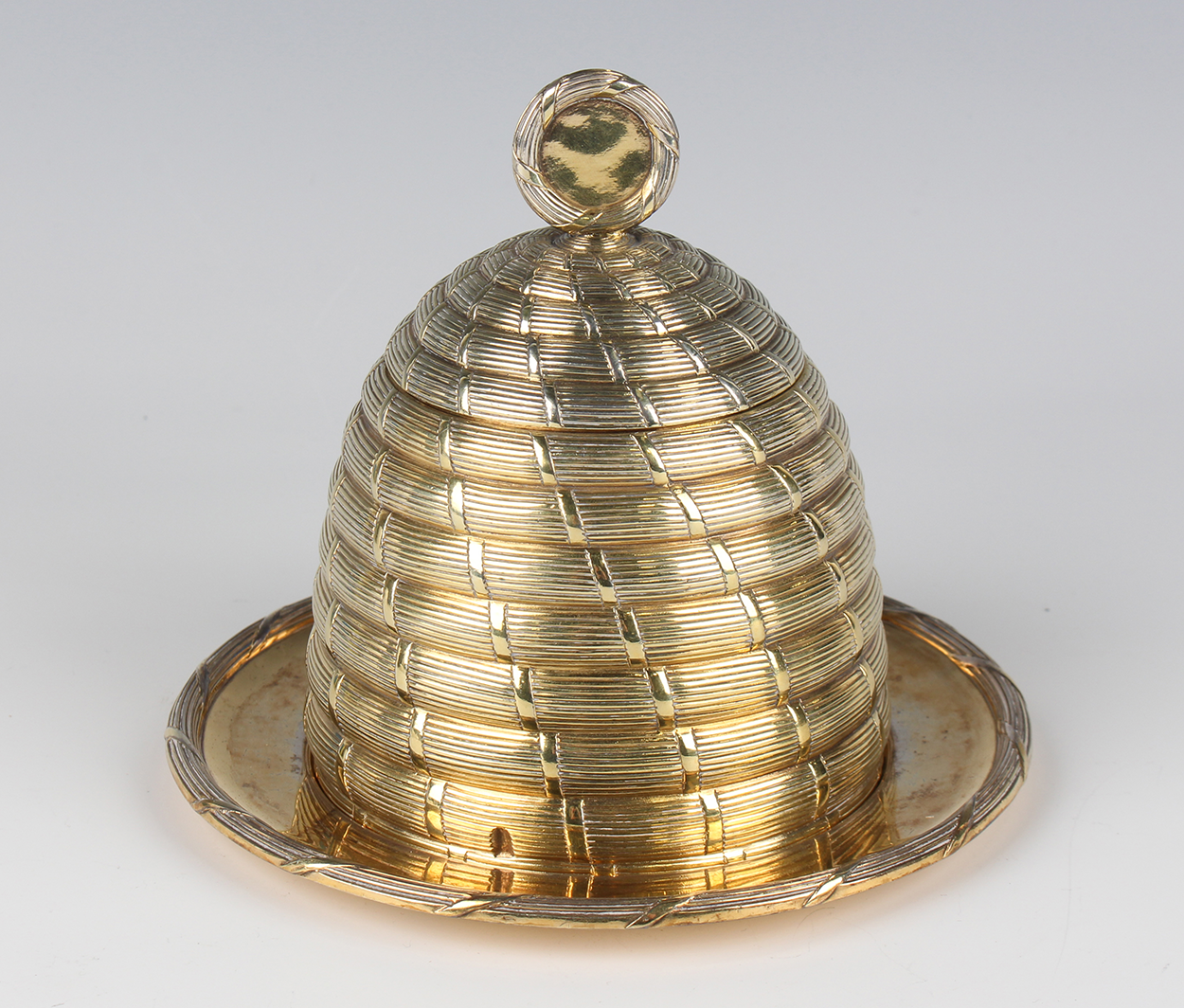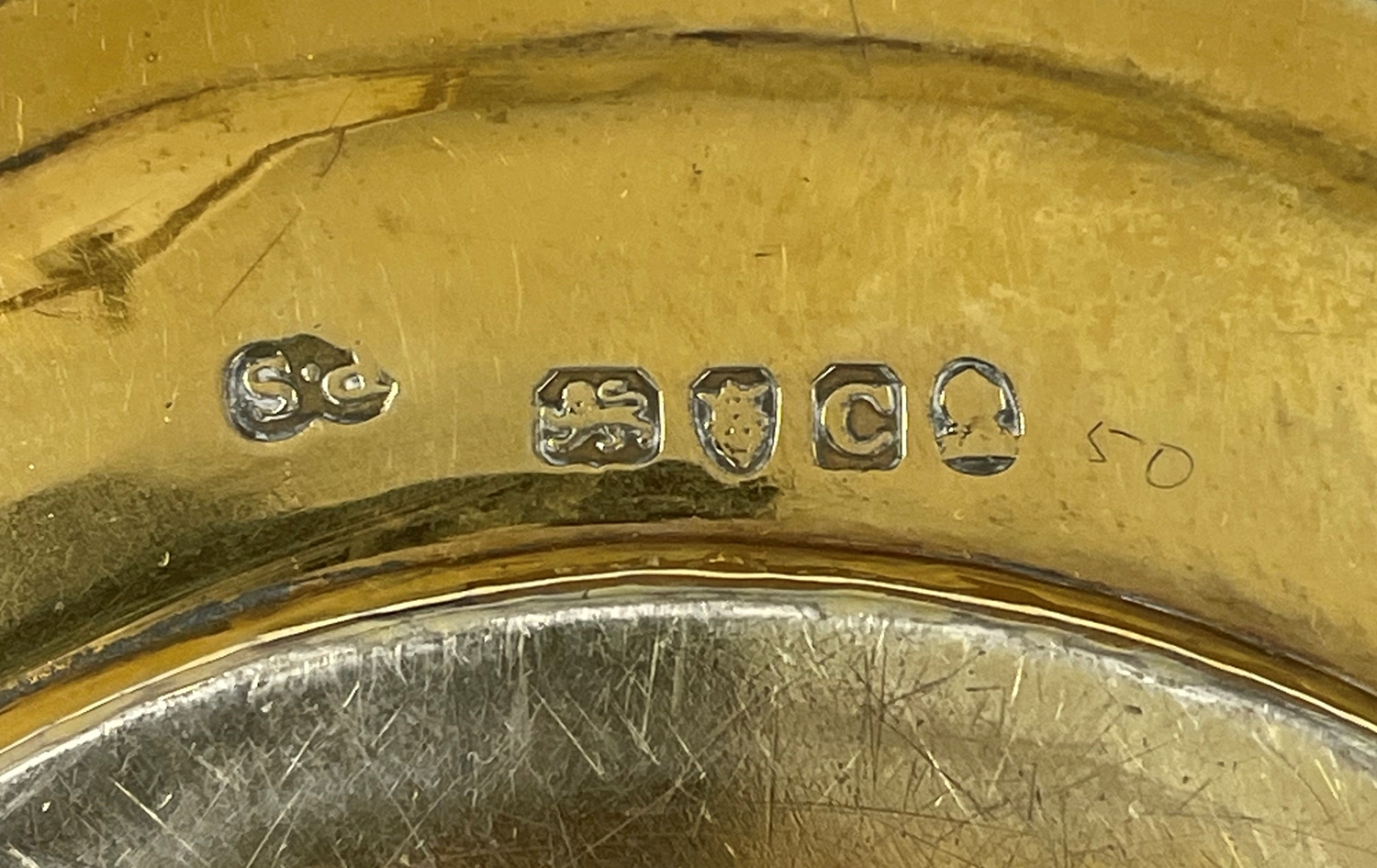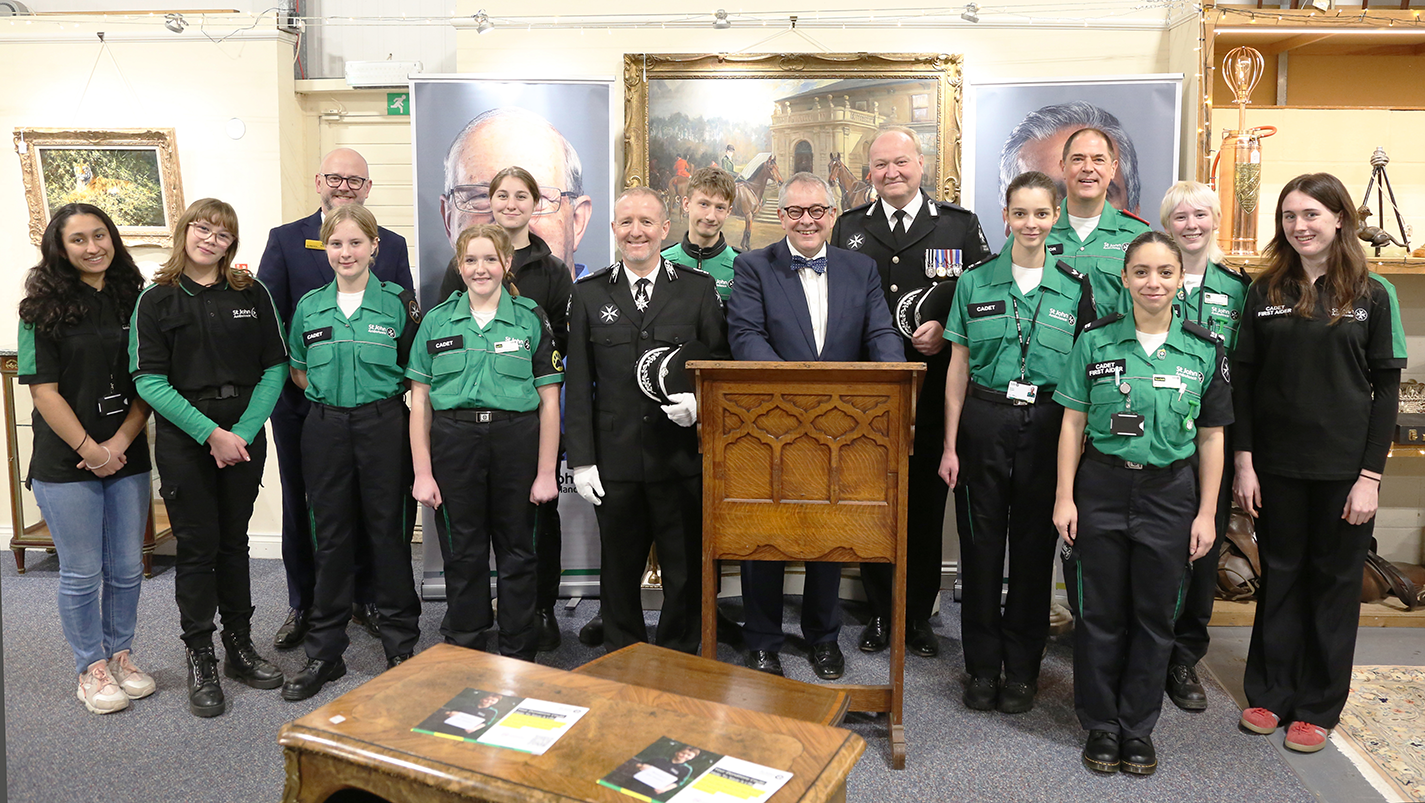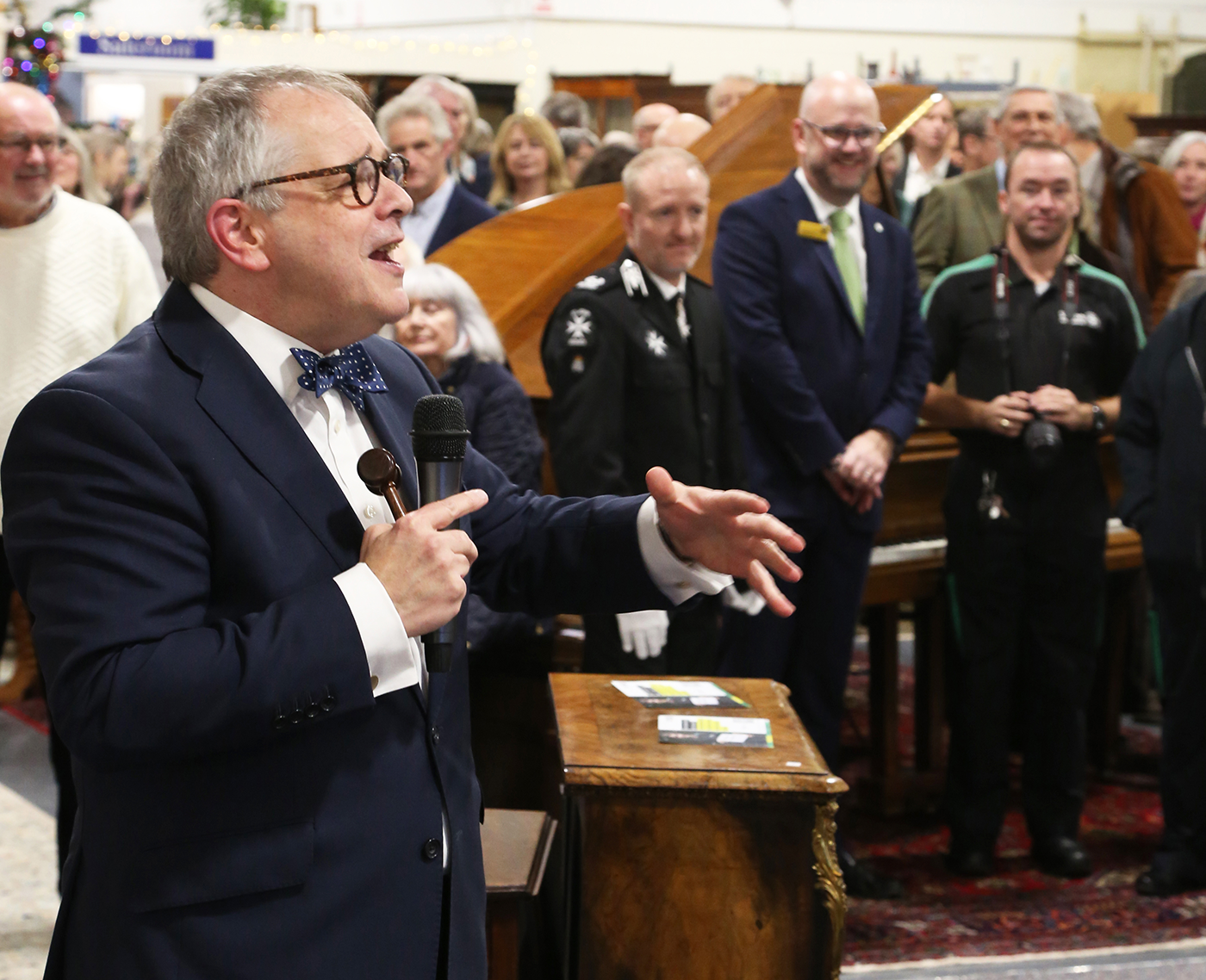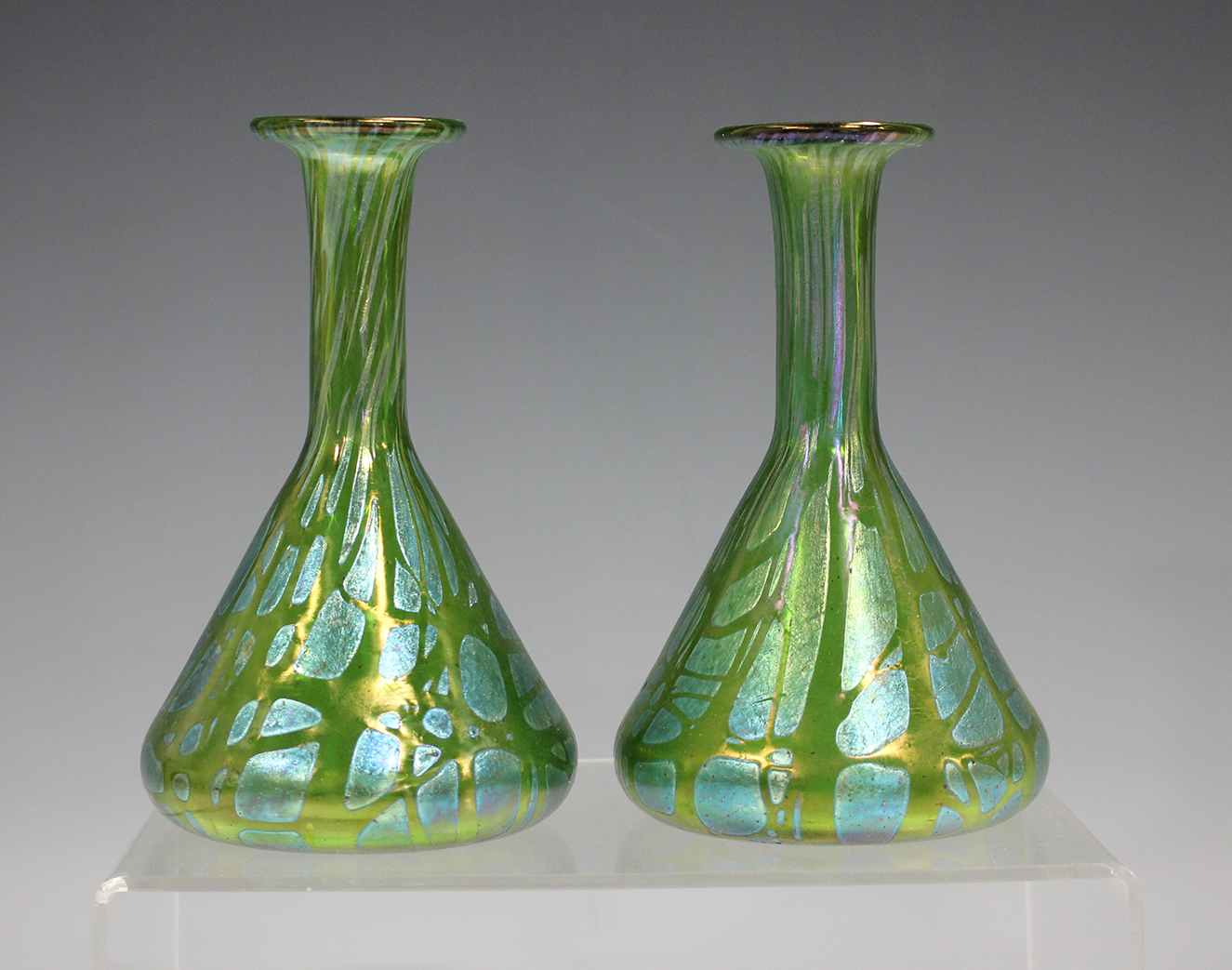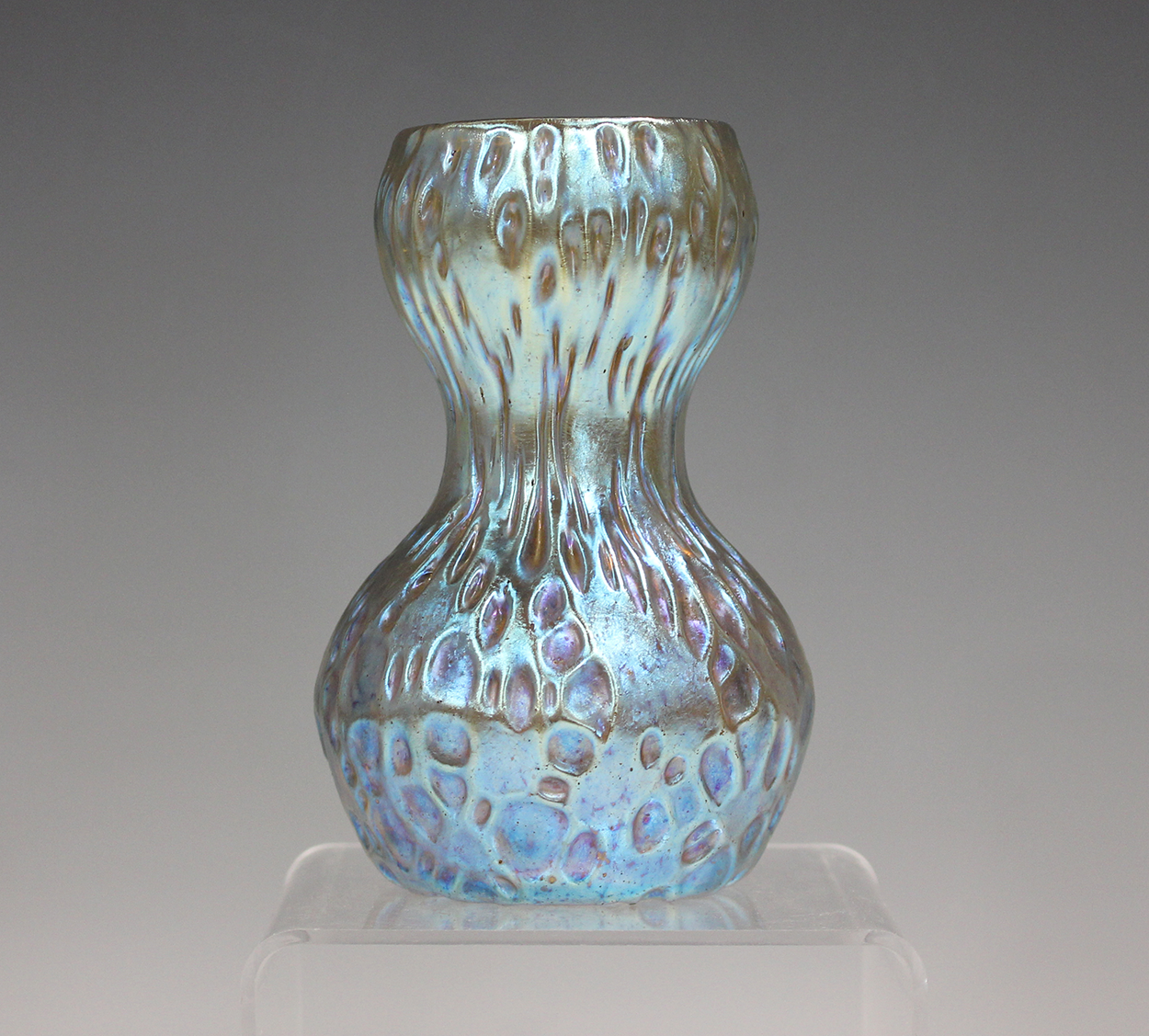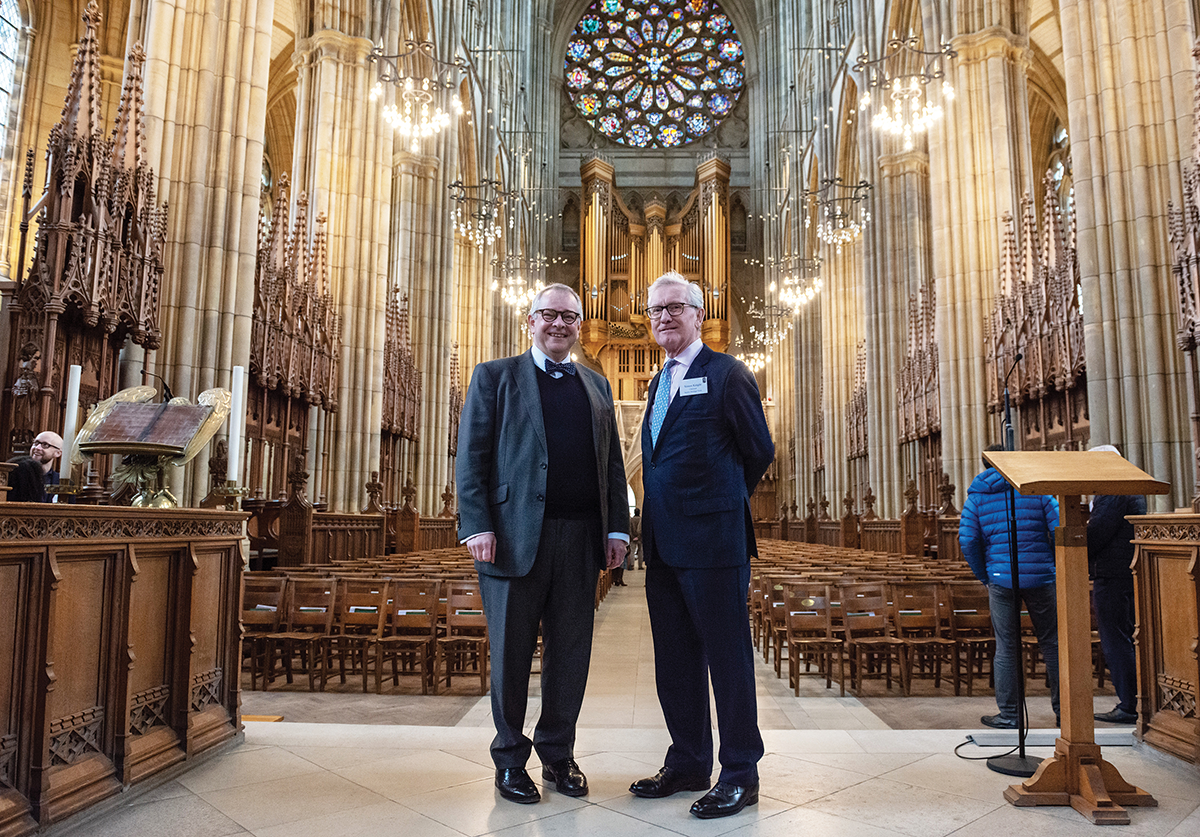
2023 has been a year marked by both joys and sorrows.
The close of the second great Elizabethan age and the loss of HM Queen Elizabeth II was followed by the joyous coronation of HM King Charles III.
Throughout his life the King has provided the most remarkable model of servant leadership with a deep sense of faith, calling, vocation and stewardship.
King Charles’ vision is aspirational on a societal level with a wholeness to his approach. Heritage, conservation, education, health and well being and social inclusion work in concert with business, the environment and countryside. His approach to vernacular, regional architecture has been to build buildings that build communities.
Here in Sussex these values were given eloquent expression by our county’s people, communities and charities throughout 2023. Amongst these was the work of the Sussex Heritage Trust and the West Grinstead Ploughing Match & Agricultural Society. Both of these organisations seek to promote best practice and aspiration in our built and rural environments. They do this through their awards and prizes whilst providing bursaries and encouraging people, especially the young, to invest in careers in the agriculture industry and endangered heritage crafts and trades.

Rowan Allan, together with Felicity Elliott, is the Honorary Secretary of The West Grinstead & District Ploughing Match & Agricultural Society. The Society has been holding shows for over 150 years. It seeks to re-connect town and country and show people what farming and the countryside are really about. There is extraordinary stewardship amongst our district’s farming community. Our landscape is part of our nation’s heritage and identity and it is wholly dependent on the life given to it by our farmers.
This year’s Sussex Heritage Trust awards were launched by the now past Chairman of the Trust, Simon Knight, DL, at Lancing College Chapel. The chapel has received numerous awards from the Trust and is open to the public.
The work of the Sussex Heritage Trust’s is important in promoting best practice in our county’s built environment and landscape whilst encouraging and supporting talented young people into careers in conservation, building and horticulture.
I am proud that Toovey’s and so many local businesses continue to invest in and support charities and communities across Sussex.
The hope filled work of people, charities and organisations across Sussex blesses us and they deserve our thanks and support.
I wish you all a hope filled and peaceful New Year!

